Stretch marks on the belly during pregnancy

This post was created in collaboration with midwife Vivian.
Click here to read further information about midwife Vivian.
Pregnancy means one of the biggest changes your body can experience. Your belly is growing steadily and your breasts, which are preparing for breastfeeding, are getting bigger. For your skin this means a special challenge – because it has to stretch and stretch marks or stretch marks can occur, especially on the belly. Even if many women would like to avoid these stretch marks, stretch marks are quite normal and unavoidable.
What are stretch marks and how do they form?
Stretch marks are generally small cracks in the skin that can be seen visually.
However, before we can go into the formation of stretch marks, we must first briefly explain the structure of the skin. The skin consists of three layers: the epidermis, the dermis and the subcutis. In the development of stretch marks, the middle layer of the skin, i.e. the dermis, plays a central role. This skin layer contains nerve and muscle fibers, sweat and sebaceous glands, as well as blood and lymph vessels. Above all, however, this skin layer consists of firm connective tissue, which gives the skin firmness and elasticity through the elastin and collagen fibers located in it.
Elastin is very elastic and gives the skin the ability to contract back to its original state after stretching. However, elastin has a relatively low tensile strength. Collagen fibers, on the other hand, give the skin its strength, as they have a significantly higher tensile strength – however, collagen also tears when stretched too much.
Stretch marks occur when the connective tissue, which is responsible for the elasticity of the skin, is overstretched, causing the elastic fibers (collagen) in the middle layer of the skin to tear. Irreparable tears appear in the dermis, which remain for a lifetime, similar to scars. Visually, stretch marks are quite easy to recognize: Stretch marks on the abdomen look like pink, red, purple or brown stripes. In many pregnant women, the stripes also appear on the breasts, thighs, hips and buttocks.
Stretch mark colors – How do stretch marks differ?
Stretch marks can appear in different colors. From pink and red, to bluish purple, to grayish and white – but what can be identified based on these colors?
When fresh stretch marks appear, they usually appear reddish to bluish. This is the acute stage of stretch marks, which is called striae rubrae. Due to the fresh tears of the collagen and elastin fibers, the capillaries are stretched and blood accumulates. Capillaries are very thin blood vessels that form a branched network. The reddish glow of the stretch marks is therefore due to increased blood flow. Mostly, the cracks are only very small at the beginning and show a slight pink color, because the blood accumulation is still very small. If the tension on the skin becomes greater and the cracks expand, the blood accumulations also become larger and more visible, whereby the color of the stretch marks becomes darker and can go into the bluish, purple. At this stage, stretch marks are usually still easily treatable.
If stretch marks shimmer whitish, they are older stretch marks. This type of stretch marks is also called striae albae. The tears in the connective tissue have already matured and the capillaries have narrowed again. Thus, the blood circulation in older stretch marks is poorer. Due to this low blood circulation, older stretch marks therefore have a light, whitish color.
What can contribute to the formation of stretch marks on the belly?
Younger women are more prone to stretch marks on the abdomen and chest because their skin is usually still firmer and tighter and not as stretchy. But genetics also play a role. Women who have congenitally weak connective tissue are also more often affected by the stretch marks. As well as pregnant women who quickly gain weight, so that the skin does not keep up in growth and stretchability. Nevertheless, stretch marks can effect any woman
What can be done about stretch marks on the belly?
In most cases stretch marks appear on the abdomen of pregnant women. However, with optimal care, you can reduce the stretch marks and thus prevent them from remaining permanently visible or at least barely visible. In the following, we have therefore summarized some tips and tricks against stretch marks on the abdomen, chest, hips and thighs:
- Drinking plenty of fluids and eating a healthy diet rich in vitamins can go a long way. This increases the elasticity of the skin and has a positive effect on the connective tissue.
- The use of nourishing massages that improve blood circulation is highly recommended. These include the use of plucking massages, oil massages, brush massages or alternating showers (In this article we explain how these massages work).
BUT BE CAREFUL: Massages on the abdomen can induce contractions. - The right care products can also help prevent or reduce stretch marks. In this case we recommend a good Anti Stretch Mark Cream or Oil for the belly or a Stretch Mark Minimizer that reduces the depths of stretch marks on the belly, hips and thighs.
- Exercise in the fresh air and moderate sports for pregnant women also provide good blood circulation and firmer connective tissue of the skin.
- A balanced diet and exercise also prevent excessive weight gain during pregnancy. Since fatty tissue is less elastic, it is more likely to lead to the formation of stretch marks. Normal weight gain is 12 to 18 kilos (depends on initial weight).
Many women and men in this world are affected by stretch marks, so they are completely normal. Instead of hiding them or seeing them as a blemish, you should be proud of them. Because they show not only the growth of the belly but the growth of every woman from a woman to a mother.
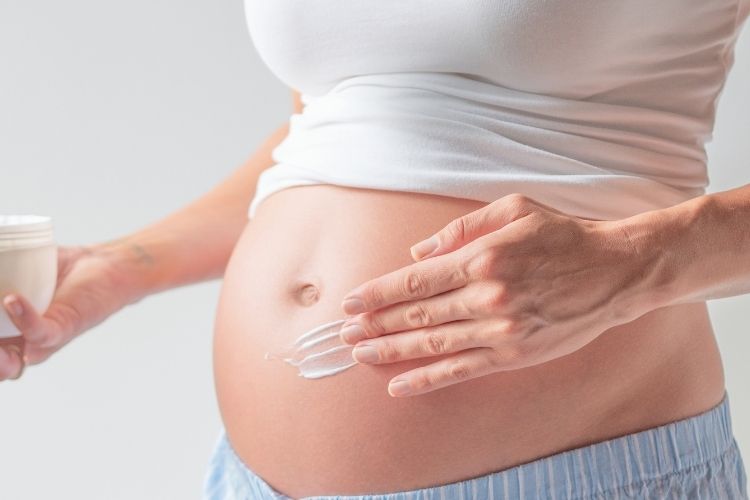
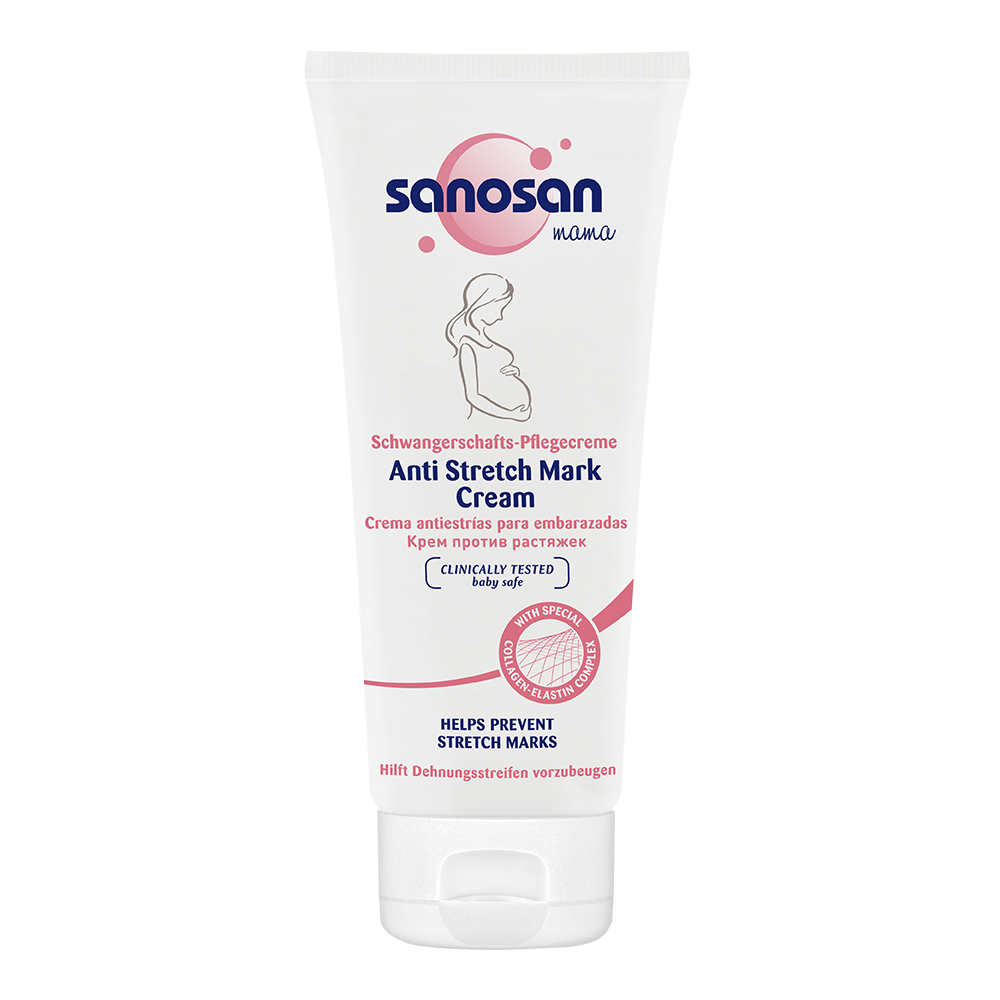
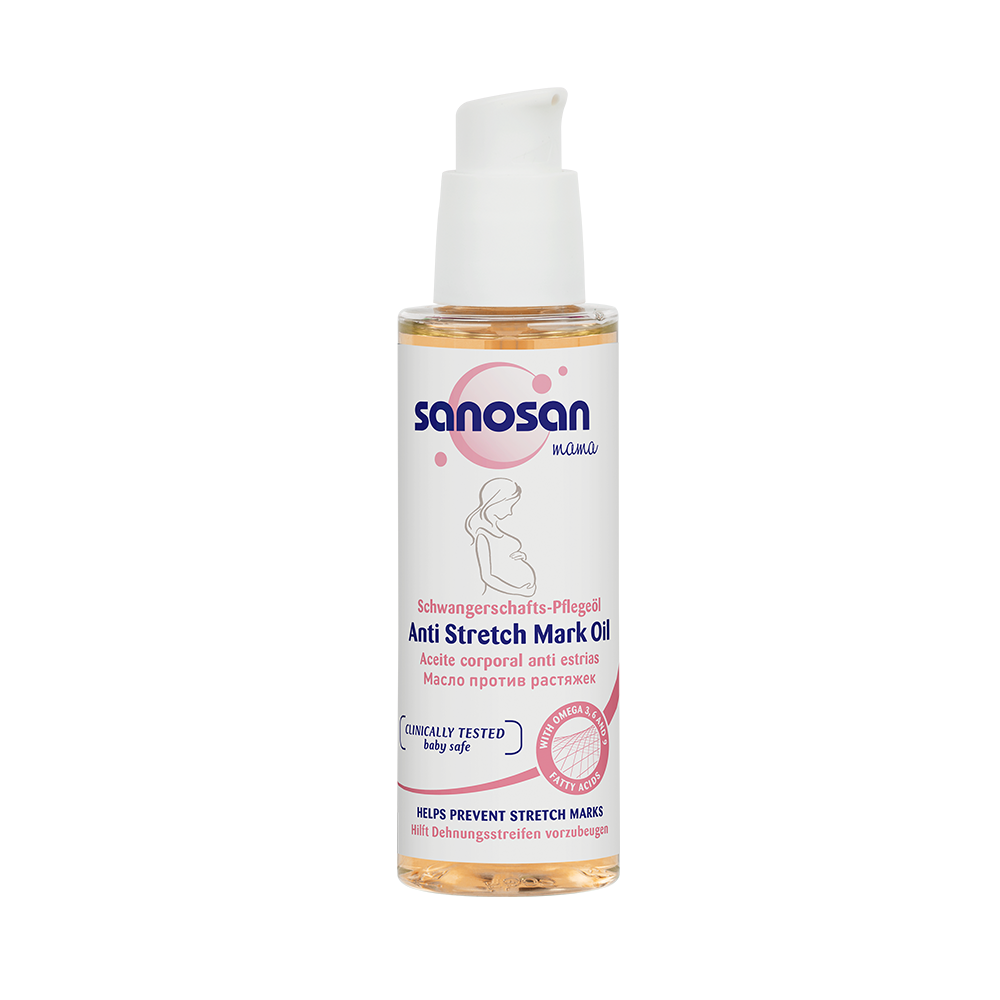
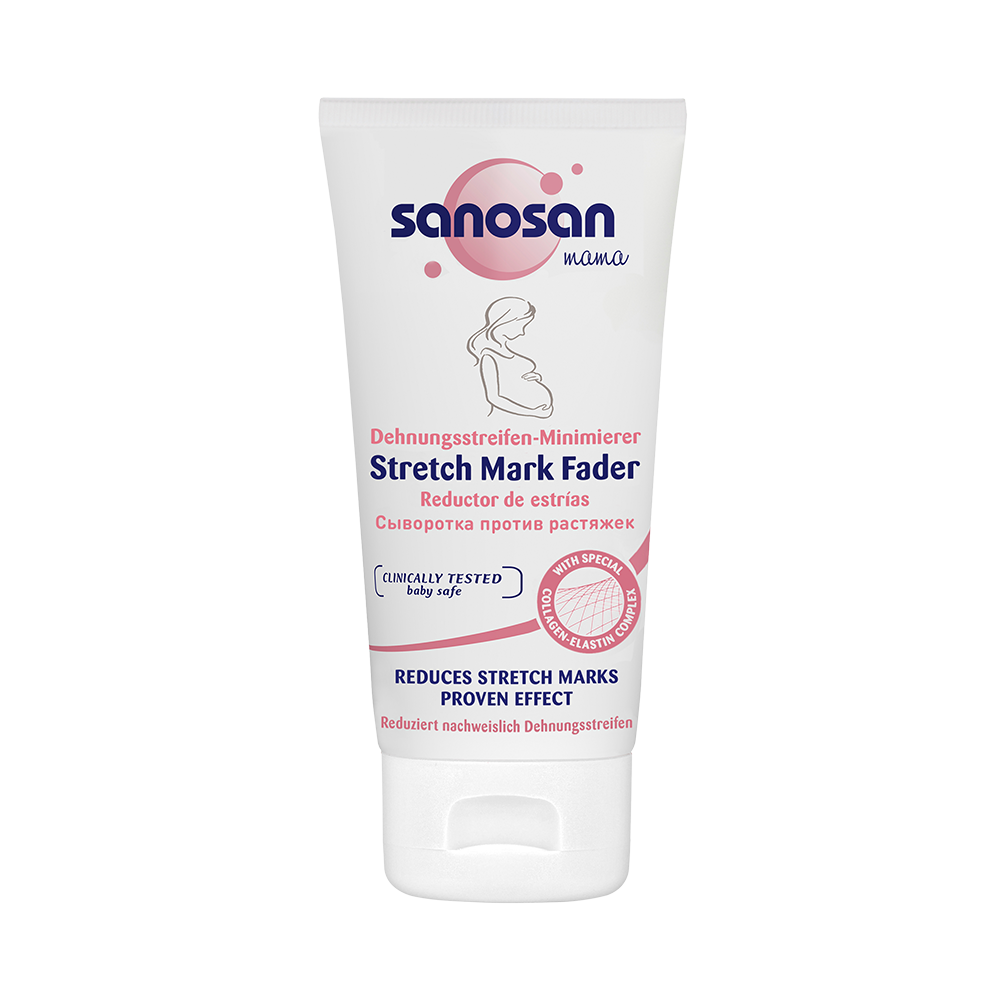
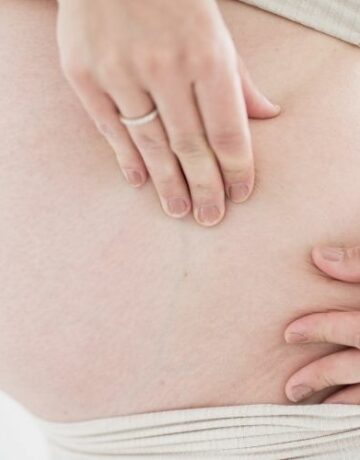


Comments (0)